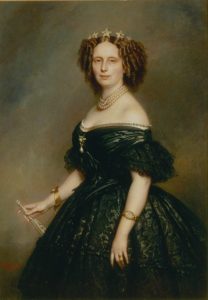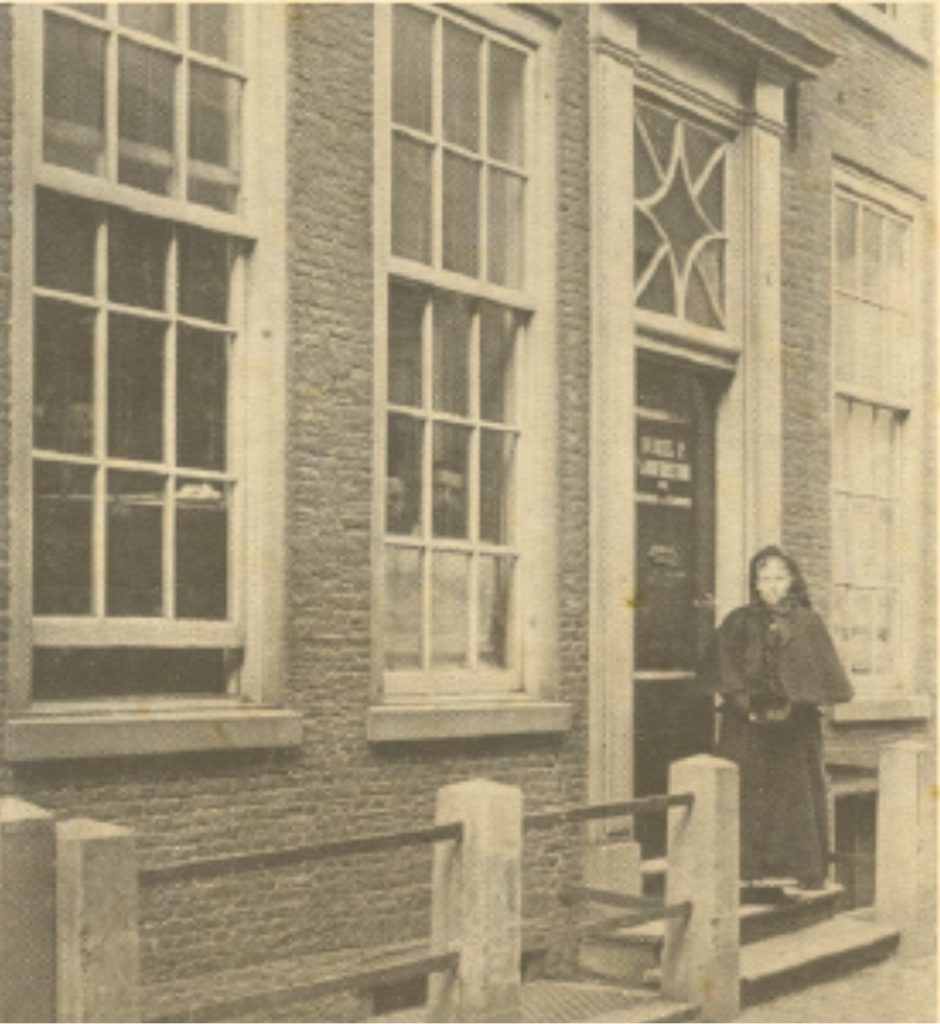In recent days, more than 20,000 people have signed a petition against a possible closing of The Hague’s Bronovo Hospital. What would the woman behind this well-known medical institution think of all this talk about her hospital? It is high time to meet this lady: Sara Katharina ‘Cateau’ de Bronovo.
Rotterdam - Hellevoetsluis
Sara Katharina ‘Cateau’ de Bronovo was born on 17 February 1817 in Rotterdam. When her father became director of the navy, the family moved to Hellevoetsluis. Queen Sophie, the wife of King William III, stayed with the Bronovo family for a few days in 1849 when she returned from England. Cateau and the Queen struck up a strong friendship, which later became of great significance.
Move To The Hague
After the death of her father in 1861, Cateau de Bronovo came to The Hague and became active in the Society for the Mental Improvement of Prisoners. She joined a committee that wanted to set up a Training House for Nurses. Like many unmarried women at that time, she had a lot of experience taking care of sick relatives and acquaintances. Perhaps because of this, Cateau was chosen to implement the committee’s plans.
Housing
The number of students (known as sisters at the school) in training grew rapidly and after a year it became necessary to also rent the building at Kazernestraat 28. Now the facility also included wards, so the nursing of the sick could take place on a larger scale. But even this space was not enough and in 1870 Sara Katharina De Bronovo personally took the initiative to start a fundraising campaign for a new building.
It took a while before the new building was realized, but on 17 June 1878, the birthday of Queen Sophie, the first stone was laid on a site outside the city centre at Laan van Meerdervoort 84. It is now difficult to imagine, but that avenue was then still a kind of country road, with lots of space for large, new buildings. On 10 October 1879 the new hospital was dedicated.
Deaconess
Bronovo Hospital was originally known as the “’s Gravenhaagsche Diakonessen-Inrichting”. “Providing care to the soul and body of sick people is the main purpose to which the Deaconesses in this institution are bound”. A deaconess is a Protestant nurse working for or in an organisation devoted to charity. The word literally means ‘servant of God’. Diaconessenhuizen are the hospitals where deaconesses were employed. This kind of institution originated in Germany, where the first one was founded in 1836 by Theodor Fliedner.
Bronovolaan
Over time the building on the Laan van Meerdervoort also became too small. The hospital eventually moved to a new building on Bronovolaan in the Benoordenhout area that was opened on 4 February 1932 by H.R.H. Princess Juliana. That building was replaced in 1990 by the building that formed the core of the current Bronovo Hospital.
Sister De Bronovo
There, I discovered another Bronovolaan, as well as graves of many other deaconesses. Whilst I was taking a photograph of Cateau’s grave, I didn’t mention the controversy over whether or not to close her life’s work, Bronovo Hospital. I thought it best to let her rest in peace.
Do you want to know more about interesting women in The Hague? Take family or friends on the guided tour ‘The Hague’s Top Women’










